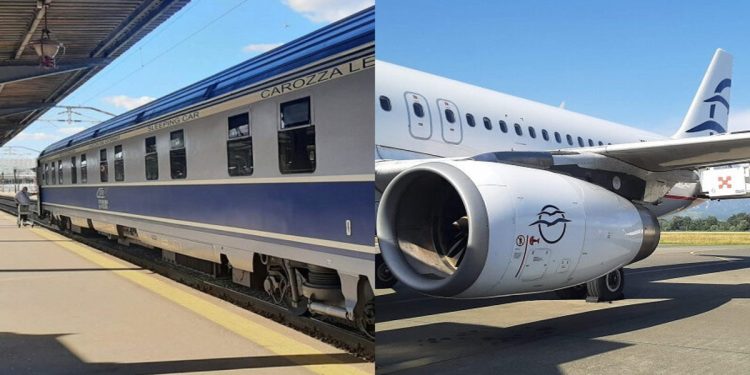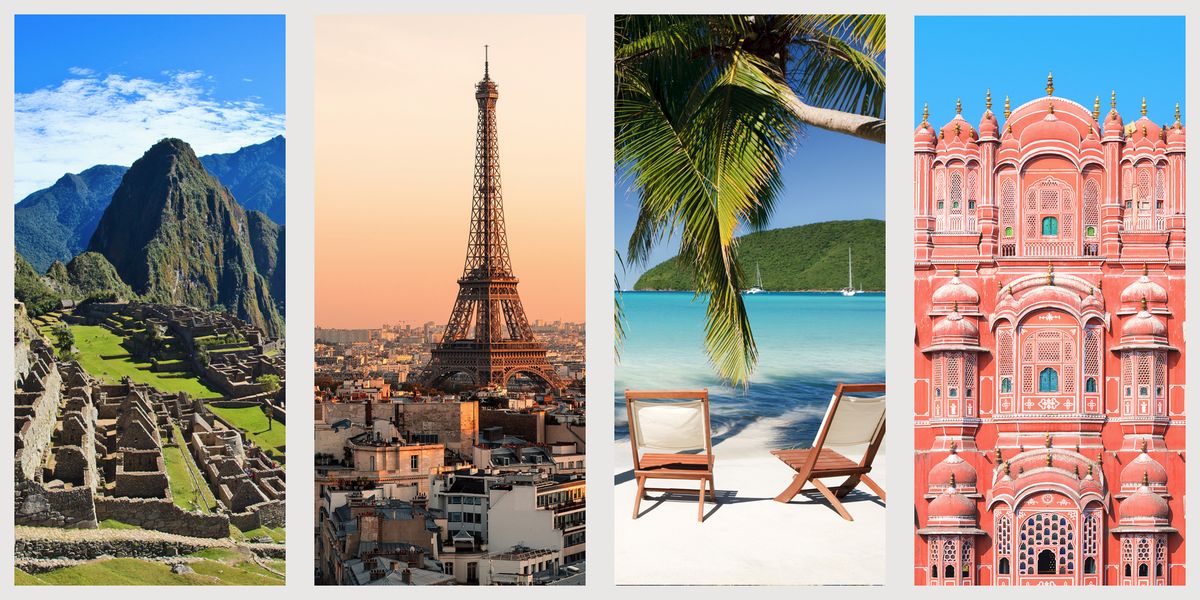In recent years, the global conversation around sustainability and environmental impact has reached a fever pitch. Travel, one of the world’s largest industries, is at the center of this debate. With increasing awareness about carbon emissions, many are reevaluating their travel choices. This raises an essential question: should we favor trains over planes, and more importantly, are we willing to make the shift?

The Current State of Travel
Planes have long been the symbol of modern travel. Offering speed and efficiency, air travel connects people across continents in hours. In 2019, the aviation industry carried over 4.5 billion passengers globally, underscoring its importance in our interconnected world. However, this convenience comes at a significant environmental cost. Aviation accounts for approximately 2.5% of global CO2 emissions and contributes to non-CO2 impacts, such as contrail formation, which exacerbate climate change.
Trains, on the other hand, are experiencing a renaissance, particularly in regions like travel Europe and Asia, where high-speed rail networks are expanding rapidly. Trains are more energy-efficient and emit significantly less CO2 per passenger kilometer than planes. For example, a train journey between London and Paris emits about 90% less CO2 than the equivalent flight. Yet, despite these benefits, air travel continues to dominate the travel landscape, especially in regions where rail infrastructure is underdeveloped.
The Environmental Argument
When comparing trains and planes, the environmental argument strongly favors rail. According to the European Environment Agency, the average CO2 emissions per passenger kilometer for trains are around 14 grams, compared to 285 grams for planes. This stark difference has led many environmental advocates to champion trains as the greener alternative.
Additionally, trains often run on electricity, and as countries transition to renewable energy sources, their carbon footprint will diminish further. Airplanes, by contrast, are heavily reliant on fossil fuels, and while there are efforts to develop sustainable aviation fuels (SAFs), these are not yet widely available or cost-effective.
Convenience vs. Sustainability
Despite the environmental advantages of trains, many travelers prioritize convenience. Airplanes are faster, especially for long-haul journeys, and often provide more flexibility with flight schedules. Airports are also better connected globally compared to train networks, particularly in regions like North America, where high-speed rail is almost non-existent.
For example, traveling from New York to Los Angeles by plane takes about six hours, while a train journey could take over two days. In such cases, the time saved often outweighs the environmental cost for many travelers.
However, for shorter routes—such as London to Paris or Madrid to Barcelona—trains can be competitive. High-speed rail options like Eurostar and Renfe Ave offer comparable travel times when factoring in airport security and check-in requirements. Moreover, train stations are usually located in city centers, eliminating the need for lengthy transfers.

Cost Considerations
Cost is another significant factor influencing travel choices. Budget airlines have revolutionized air travel, offering tickets at prices that trains often struggle to match. For example, a flight from Berlin to Prague can sometimes cost less than half the price of a train ticket.
However, this price discrepancy does not account for externalities, such as environmental damage. Many argue that governments should impose higher taxes on flights or provide subsidies for train travel to level the playing field. Countries like France have already begun implementing measures to ban short-haul flights where viable rail alternatives exist, signaling a shift in policy priorities.
Cultural and Psychological Barriers
Cultural perceptions also play a role in our travel choices. Flying is often seen as a status symbol, while train travel, especially in regions without high-speed networks, can be viewed as outdated or inconvenient. Changing these perceptions requires not only better infrastructure but also effective marketing and awareness campaigns.
Additionally, the “jet-set lifestyle” glamorized by social media has further cemented the allure of air travel. Reframing train travel as a luxurious, eco-conscious alternative—as seen with services like the Venice Simplon-Orient-Express—could help shift public sentiment.
The Role of Governments and Corporations
The transition from planes to trains requires systemic change. Governments must invest in rail infrastructure, making it faster, more affordable, and more accessible. This includes building high-speed rail lines, modernizing existing networks, and ensuring seamless cross-border connections.
Corporations also have a role to play. Airlines can collaborate with rail operators to offer integrated tickets, allowing passengers to combine train and flight segments easily. Companies like Lufthansa and Deutsche Bahn have already started exploring such partnerships.
Moreover, businesses can encourage sustainable travel by prioritizing train travel for short-haul trips and offering incentives for employees to choose greener options.
Are We Willing to Change?
Ultimately, the decision to shift from planes to trains depends on individual and collective willingness to prioritize sustainability over convenience. While some travelers are eager to reduce their carbon footprint, others remain hesitant, citing time, cost, and accessibility as barriers.
However, public attitudes are gradually changing. A 2022 survey by the European Investment Bank found that 62% of Europeans were willing to take a train instead of a plane for trips under five hours. This suggests a growing awareness of the environmental impact of travel and a willingness to adapt.

The Road Ahead
The future of travel lies in balancing efficiency, accessibility, and sustainability. High-speed rail networks will play a crucial role in this transition, but their success depends on continued investment and public support. At the same time, the aviation industry must accelerate its efforts to reduce emissions through technological innovation and sustainable practices.
For traveler, the choice between train and plane is no longer just about convenience or cost; it’s about the kind of world we want to leave for future generations. Are we willing to sacrifice a few hours for the sake of the planet? The answer to this question will shape the future of travel—and, ultimately, the health of our planet.




















